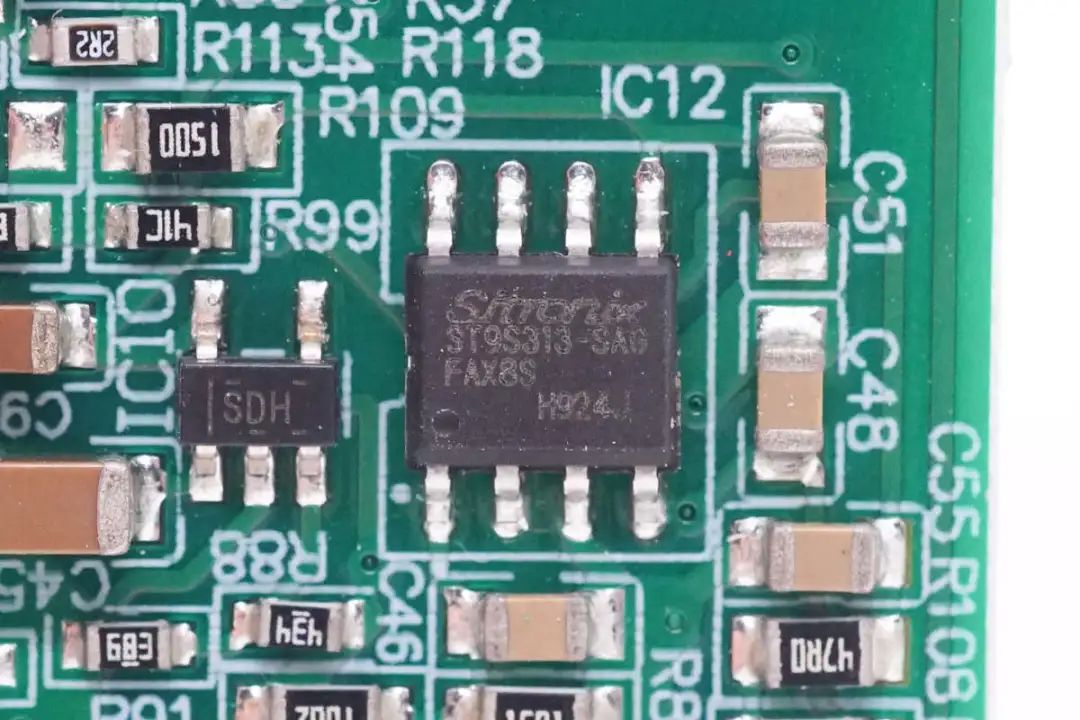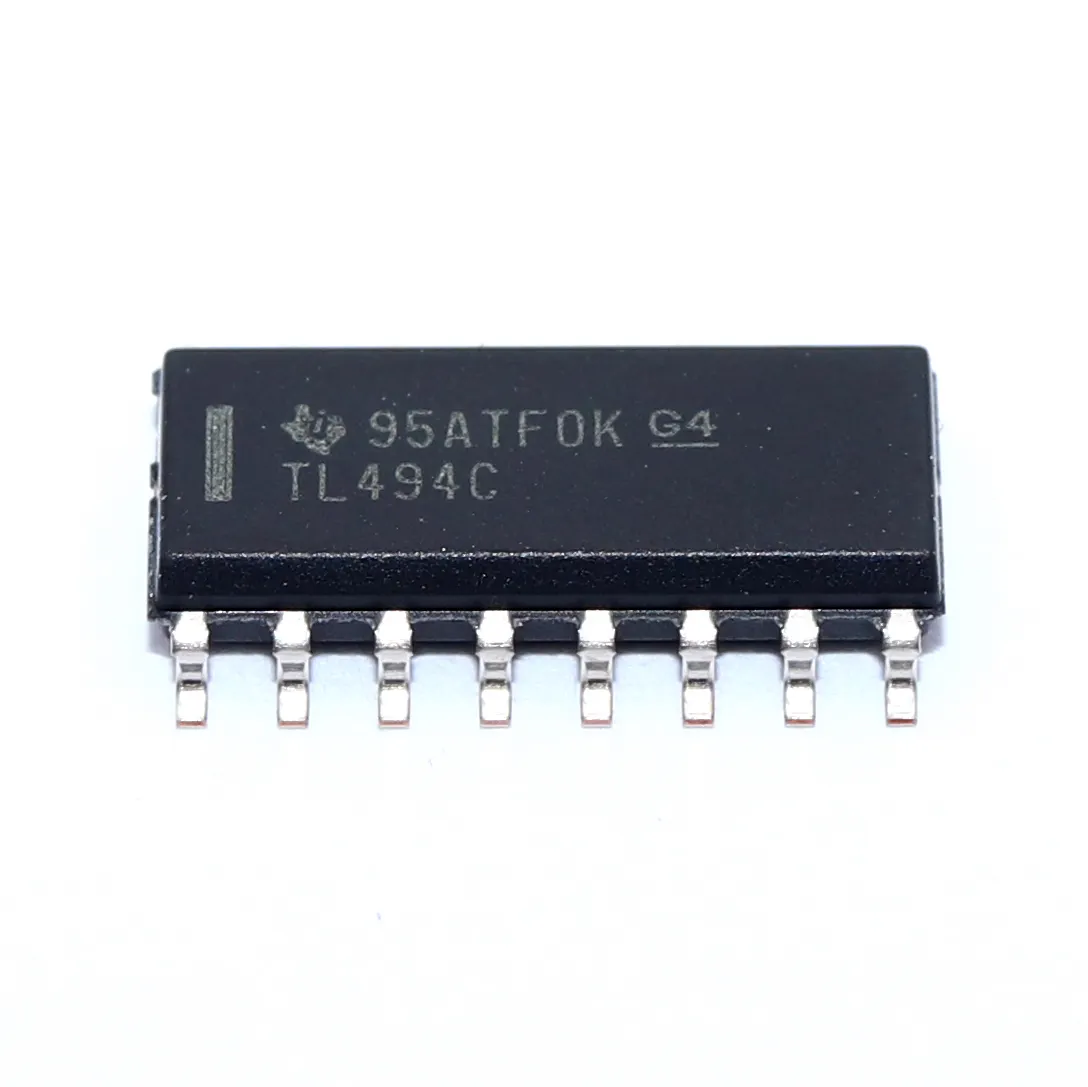Understanding Special Purpose Regulators: Tailored Solutions for Unique Applications
Understanding Special Purpose Regulators: Tailored Solutions for Unique Applications
In the ever-evolving landscape of electronics, the need for precise and reliable power regulation is paramount. Special purpose regulators have emerged as essential components for a wide range of applications, offering tailored solutions that address specific power management requirements. This blog post will delve into the fundamentals of special purpose regulators, their various types, applications, and the innovations driving their development.

What Are Special Purpose Regulators?
Special purpose regulators are designed to provide voltage regulation tailored to specific applications or unique operating conditions. Unlike general-purpose voltage regulators, which serve a broad range of functions, special purpose regulators focus on particular requirements, ensuring optimal performance in their designated tasks.
Key features of special purpose regulators include:
Custom Voltage Output: These regulators are designed to provide a specific voltage output, which may differ from standard levels. This feature is particularly important in applications that require precise voltage levels for optimal performance.
Enhanced Efficiency: Many special purpose regulators are optimized for efficiency in specific applications, minimizing power loss and heat generation. This efficiency is crucial in battery-operated devices and systems with strict thermal constraints.
Integrated Protection Features: Special purpose regulators often include integrated protection mechanisms such as over-voltage protection (OVP), over-current protection (OCP), and thermal shutdown features, ensuring the safety and reliability of connected components.
Compact Design: Many of these regulators are designed for compactness, making them suitable for space-constrained applications such as portable electronics and embedded systems.
Adaptability: Special purpose regulators can often accommodate varying input voltages and load conditions, making them versatile for different applications.
Types of Special Purpose Regulators
Special purpose regulators can be categorized based on their specific functions and applications. Here are some common types:

1. Low Dropout Regulators (LDOs)
Low dropout regulators (LDOs) are designed to maintain a stable output voltage even when the input voltage is close to the output voltage. This characteristic makes LDOs ideal for battery-powered devices where the input voltage may vary. LDOs are widely used in portable electronics, RF applications, and precision analog circuits due to their simplicity and low noise.
2. Adjustable Regulators
Adjustable regulators allow users to set the output voltage to a desired level by using external resistors. This flexibility makes them suitable for applications where varying voltage levels are required. Adjustable regulators are commonly used in prototyping and testing environments, as well as in applications requiring multiple output levels.
3. Buck and Boost Regulators
Buck and boost regulators are specialized switch-mode power supplies designed to step down (buck) or step up (boost) input voltage levels. These regulators are highly efficient and can handle a wide range of input voltages. Buck regulators are commonly used in battery charging applications, while boost regulators are used in applications where the output voltage needs to exceed the input voltage, such as LED drivers.
4. Battery Management Regulators
Battery management regulators are designed to optimize the charging and discharging processes of battery-operated devices. These regulators monitor battery voltage and current, ensuring safe and efficient charging. They often include features such as cell balancing and over-voltage protection, making them essential in applications involving lithium-ion batteries.
5. Power Sequencing Regulators
Power sequencing regulators manage the power-up and power-down sequences of multiple voltage rails in complex systems. These regulators ensure that power is supplied in the correct order, preventing damage to sensitive components. Power sequencing is crucial in applications such as FPGAs, microcontrollers, and multi-chip modules.
Reprinted from: https://www.mobikechip.com/static-blog-detail/24.html
MobikeChip | Professional Electronic Components Distribution
Comments
Post a Comment